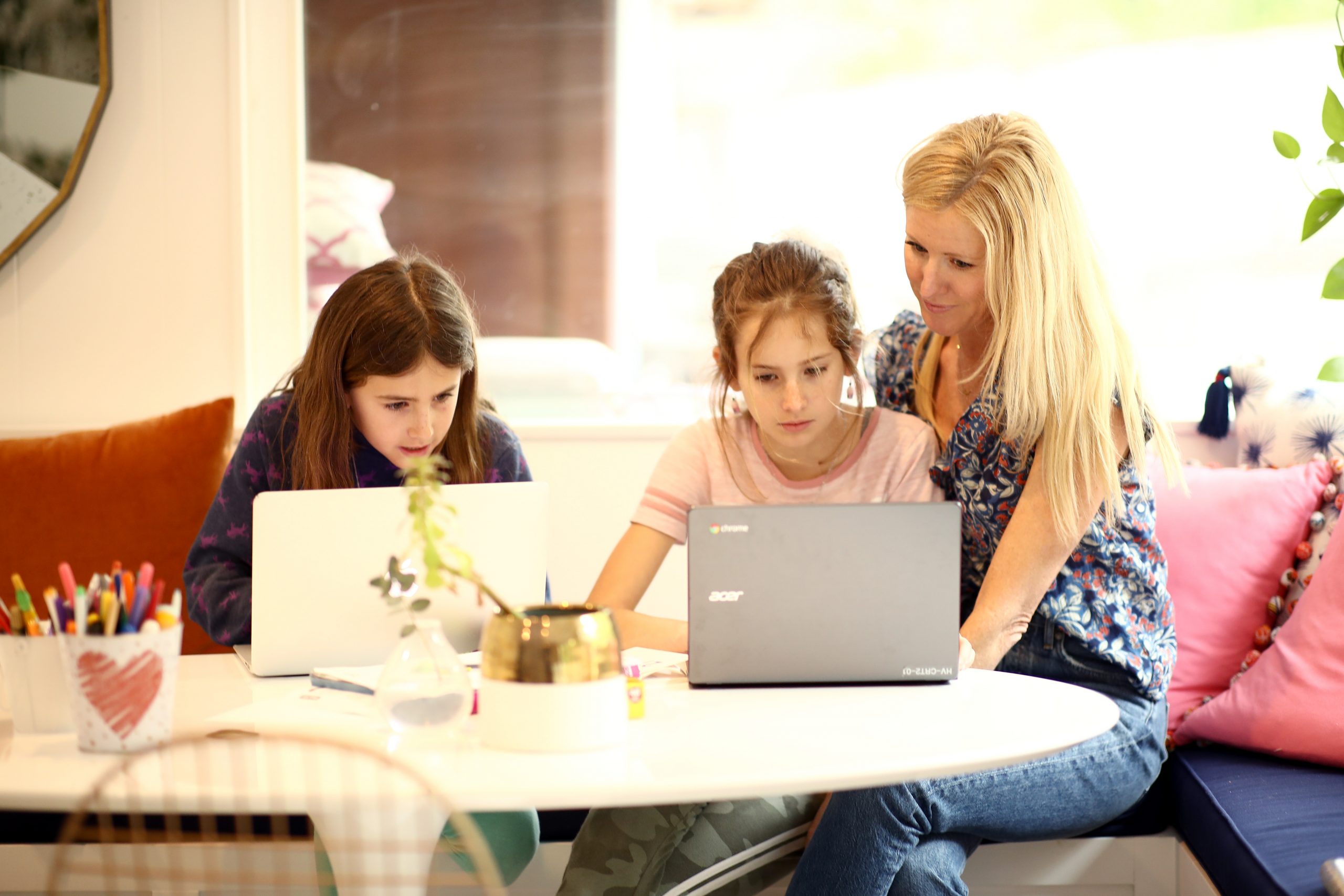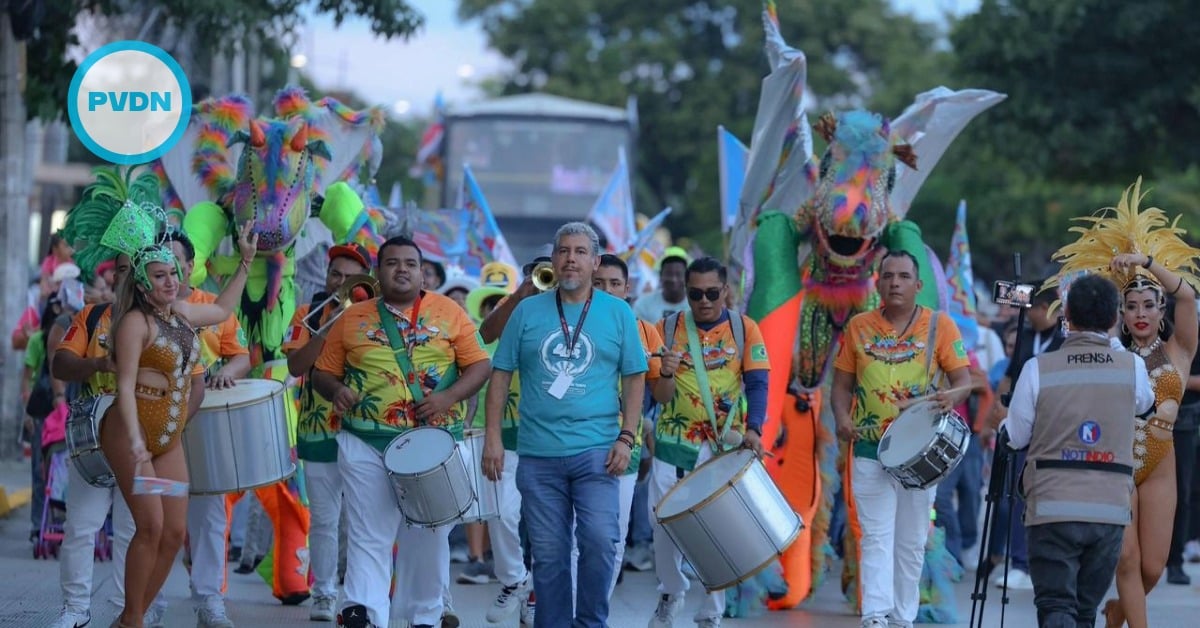Editor’s note: As coronavirus spreads through the country, states have closed schools and nonessential businesses and prohibited group gatherings. This leaves most of us at home, but many of us live in close quarters with other people. We asked public health experts from the UNLV…






